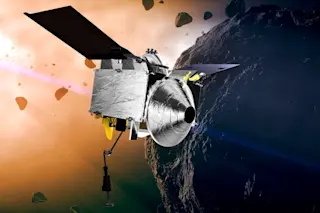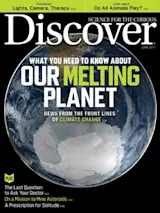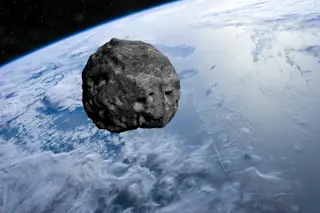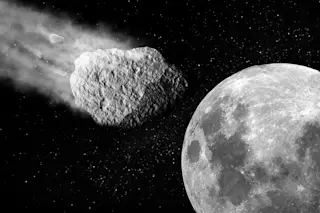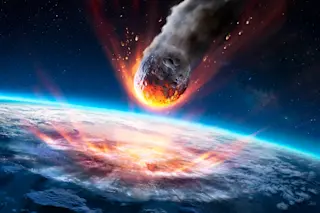The oldest object known to humans fell from the sky on Feb. 8, 1969, with the furor of a divine omen. The blue-white fireball streaked over northern Mexico at 1:05 a.m., ending with a staccato of booms heard from hundreds of miles away. A small asteroid had struck Earth’s atmosphere and exploded — raining thousands of rocky fragments over the desert.
NASA dispatched scientists to the site, and days later they returned with 13 fragments of the space rock. Each was coated with a smooth, glassy rind, the heat of atmospheric entry having melted the exterior. But when the rocks were cracked open, their insides looked pristine: gray-black stone jumbled with numerous white and gray nuggets the size of peas.
The Allende meteorite, named for the Mexican village near the landing site, truly was a portent from heaven. It contained the secrets of our past — exotic materials from our ...


